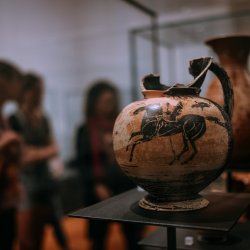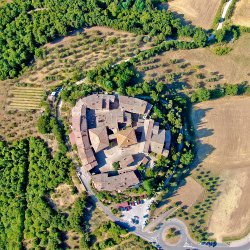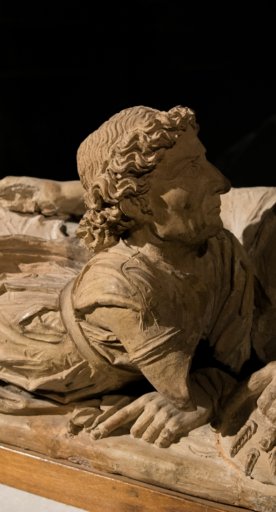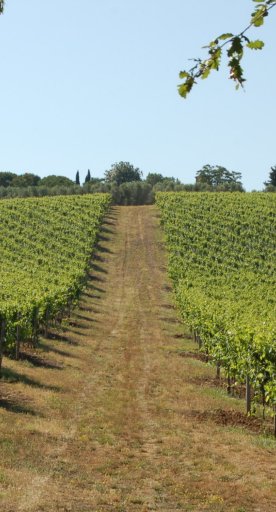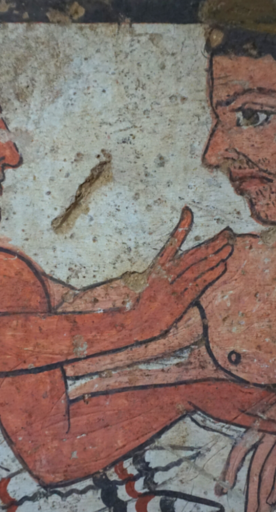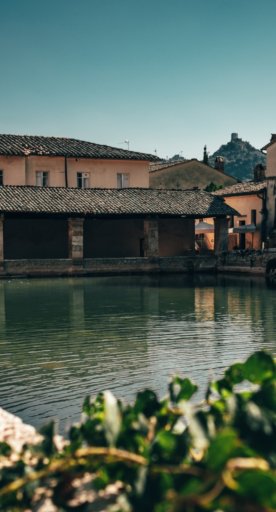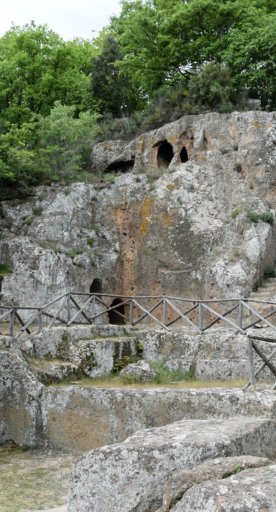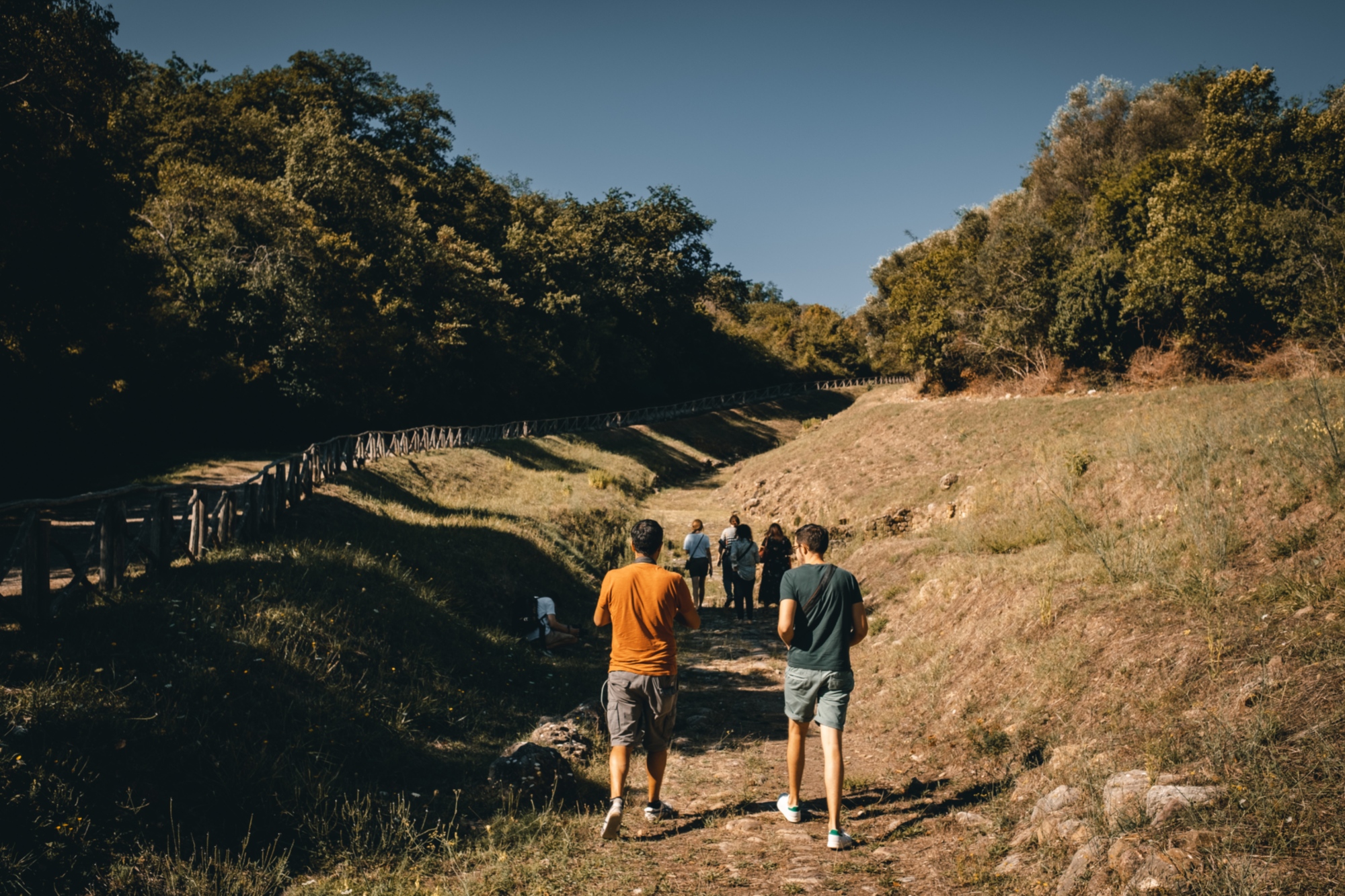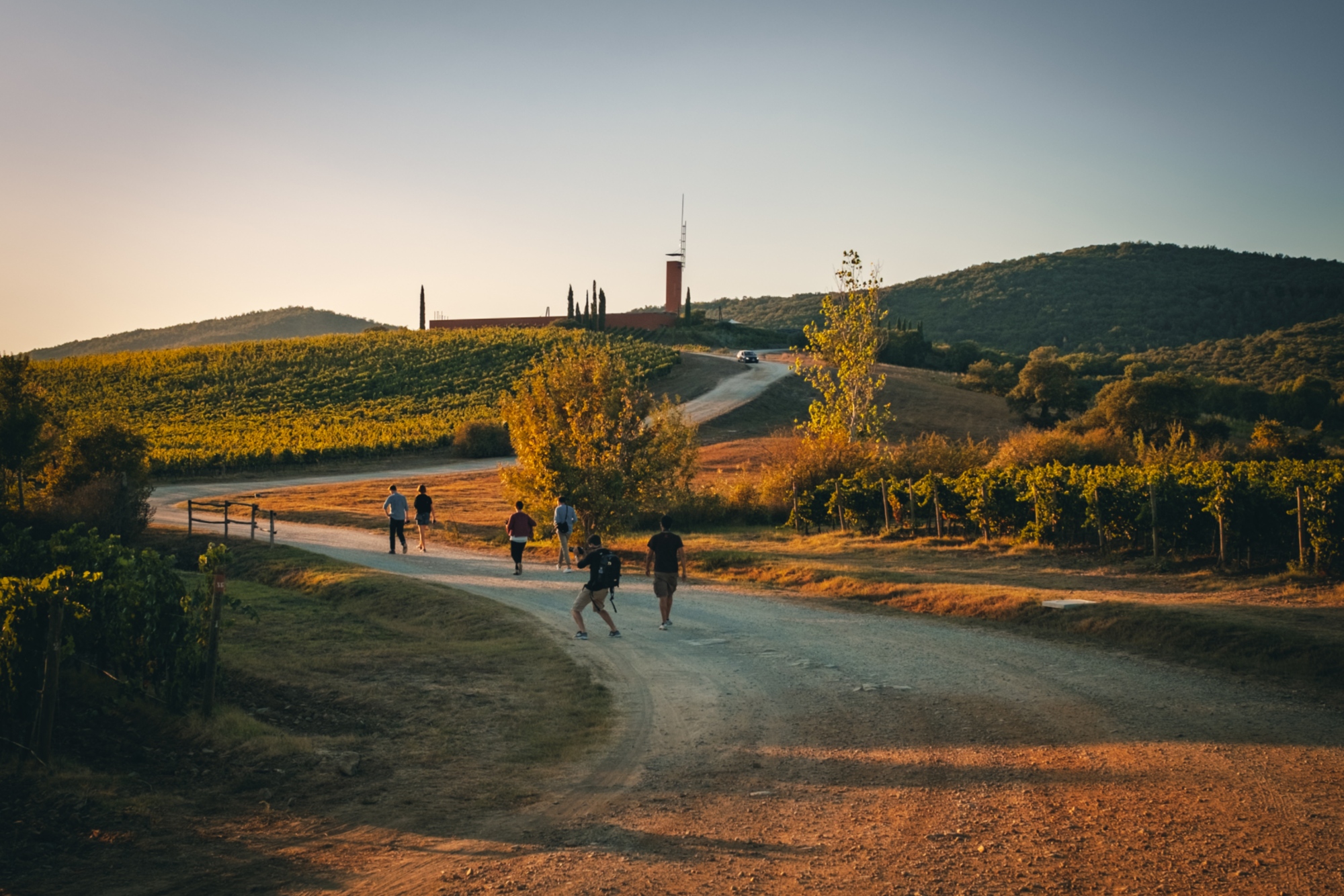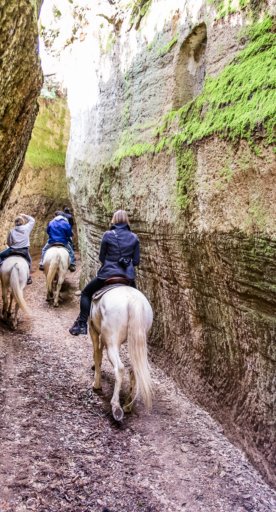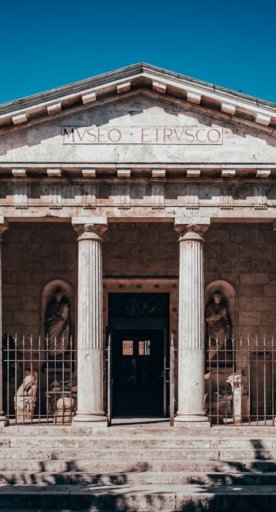

On the trail of the Etruscans, amidst flavors and excellences of the territory
Three itineraries to discover the links of the Etruscan people with the land and its authentic products
Wine, oil, and wheat were the three foodstuffs that were the staple of the Etruscans' diet and also an important part of their commercial activity. Skilled farmers knew how to use their cutting-edge tools and obtain not only enough to satisfy daily needs but also enough to export and market their excellent produce. An organized and systematic use of resources was put into place which allowed farmers to exploit the fertile land and to satisfy their tastes, transforming them also into expert cooks who offered the most delicious dishes to demanding guests. In Tuscany, it is possible to retrace Etruscan footsteps that lead to the discovery of their culinary customs and traditions; there are three different itineraries to explore the beautiful Tuscan territory, among the most evocative countryside and millennia-old villages, and deepen the knowledge of the ancient and fascinating Etruscan people thanks to the many museums and archaeological areas that are intercepted along the routes.
-
1.The wine routes
-
2.The oil routes
-
3.The wheat routes
The wine routes

The so-called nectar of the gods was also a precious treasure for the Etruscans, who produced it in large quantities and traded it throughout the Mediterranean. Eleven are the stages that among archaeological finds and millennia-old traditions will introduce you to the cult of wine today as it was then. Starting from Barberino Tavarnelle, the gateway to the Chianti region, continuing towards the Val di Chiana and Cortona where one of the main Etruscan museums, the MAEC, is located, Torrita di Siena and Montepulciano, where the famous Vino Nobile was born. The itinerary continues in Val d'Orcia; in San Quirico d'Orcia and Castiglione d'Orcia, hamlets filled with natural and historical beauty, it will be sufficient to simply stroll through the streets to breathe in their ancient origins and enjoy their typical products. Between Pitigliano and Scansano, two wine-growing and archaeological stops not to be missed, the route passes by the Vie Cave, spectacular paths dug into the tuff, amidst moss and lichens, created by the Etruscans thousands of years ago. Near Grosseto, the archaeological area of Roselle and the Etruscan sites and finds in Gavorrano are the prelude to the end of the itinerary, which finishes with a visit to Civitella Paganico and a recently found small Etruscan tomb.
The oil routes

In Etruria, oil was widely used at the table, but it also had other purposes: in the religious sphere, it was used to light lamps in sanctuaries, houses and public and private buildings; in the medical sphere it was used as a painkiller; and in the aesthetic sphere, oil was used as a perfume for skin and hair. Numerous oil-based perfume containers have been found and are exhibited in museums in Tuscan villages, particularly in the Val di Chiana area located in Siena and Arezzo. Starting from Cortona, already mentioned, and all the way to Sarteano, it is not difficult to capture the soul of the past and perceive the Etruscan presence at every turn. The twelve stops that make up this itinerary accompany visitors on a peculiar journey through discoveries, traditions and curiosities related to the agri-food culture of the Etruscans and the use of oil in the various aspects of daily life, thanks to the unique pieces preserved in the various museums, including the civic archaeological museum in Castiglion Fiorentino, the "Giancarlo Pallavicini" archaeological collection in Trequanda, the national Etruscan museum in Chiusi and the civic archaeological museum in Sarteano. Olive trees surround the villages and overlook the hills and, together with the vineyards, define the typical Tuscan landscape, now as it was then.
The wheat routes

Wheat, but also spelt and barley were already cultivated by the Etruscans, who knew how to exploit the fertile land and the flow of water. In what was once the heart of Etruria, places where the presence of the Etruscans can be perceived are scattered all around: in Asciano, amid the lunar landscapes of the Crete Senesi where there is the necropolis of Poggio Pinci, in Monteroni d'Arbia where there is the evocative necropolis in the woods at Castello di Grotti, while Murlo hosts the Antiquarium Poggio Civitate with numerous artifacts from a princely residence from the 7th-6th centuries BC. The journey, in the places where our ancestors worked the land, continues on towards San Quirico d'Orcia and Castiglione d'Orcia: the thermal waters located in these UNESCO World Heritage hills offer visitors a magical atmosphere thanks to the pools and springs of Bagno Vignoni, known for their therapeutic and health-giving properties. Experience similar emotions while admiring the springs of Bagni San Filippo, and the views of the white, imposing limestone formations. The archaeological and art museum of the Maremma in Grosseto and the archaeological area of Roselle are key stops on this journey, along with the civic archaeological museum and the national archaeological area of Vetulonia, for unforgettable archaeological visits and walks.

